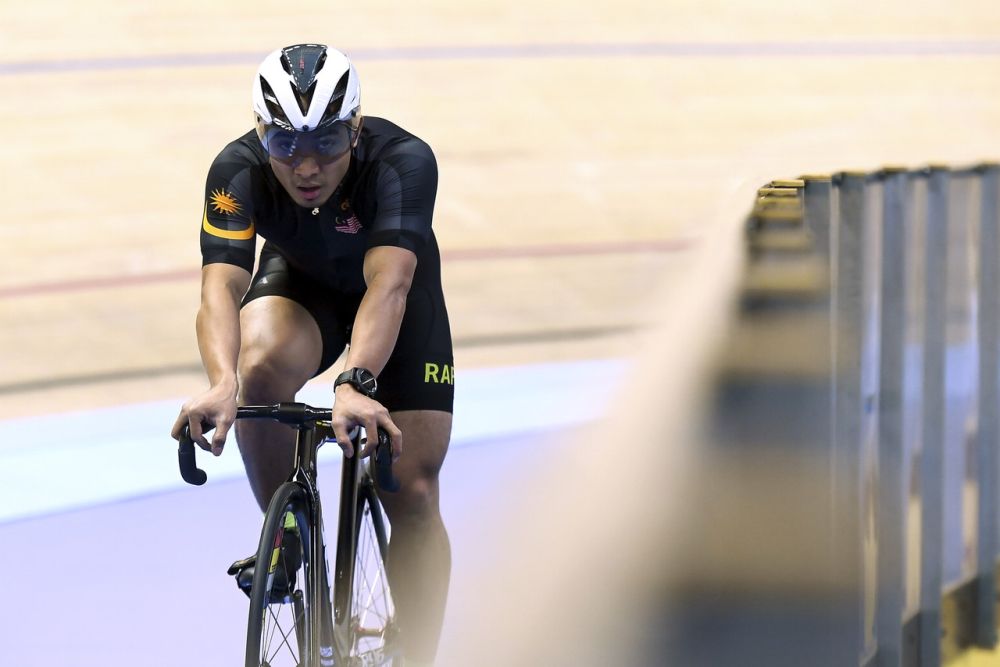TOKYO, Aug 3 ― The high-tech skinsuit, made from selected materials from a combination of over 40,000 substances that take into account speed and fabric tension, is one of the secret weapons of the national track cycling team as they seek to create history at the 2020 Tokyo Olympics here.
National Sports Institute (NSI) chief executive officer Ahmad Faedzal Md Ramli said the Vorteq skinsuit was part of the RM13 million research and development (R&D) project between NSI and the United Kingdom company, TotalSim Ltd.
He said that apart from the WX-R Vorteq bikes, which cost over RM300,000 each, that the two national track cyclists Datuk Mohd Azizulhasni Awang and Muhammad Shah Firdaus Sahrom will use in Tokyo, the custom-made skinsuit could also have a big impact on the riders’ overall performance.
According to him, the use of the skinsuit, which must be approved by the International Cycling Union (UCI), was specially designed according to the physical size and physiology of an athlete to help maintain his position during racing, thus reduce drag.
“It is like a secret weapon. If you can see its technology, it is pretty amazing because it will lock the rider in position. To suit up, it will take three people. It’s definitely a challenge to wear the skinsuit and, after that, the rider’s position will remain (during the race),” he told Bernama recently.
Many materials were tested in R&D to obtain the right material for the skinsuit, where we had to make sure the material chosen was the right one to help the athlete perform better… the R&D of the skinsuit itself took a long time,” he said without revealing the value of the skinsuits.
He said the skinsuits had also undergone wind tunnel testing.
Azizulhasni, the 2017 keirin world champion, and Shah Firdaus will begin their Tokyo Olympic campaign in the sprint and keirin events at the Izu Velodrome in Shizuoka from tomorrow.
This will be “The Pocket Rocketman” Azizulhasni’s fourth straight Olympic outing since his debut at the 2008 Beijing edition while Shah Firdaus will be making his Olympic bow in Tokyo.
Azizul, who finished empty-handed in the Beijing and 2012 London editions, bagged a bronze in keirin at the 2016 Rio edition.
Meanwhile, Ahmad Faedzal said the R&D collaboration between the NSI and TotalSim Ltd, which began in 2018, was mainly to focus on the concept of marginal gains.
He explained that every aspect that could help maximise Azizulhasni and Shah Firdaus’ potential towards achieving greater heights, including in terms of racing attire, cycling position, bike frame and handle, was taken into consideration.
“All these elements will help reduce drag by a small percentage, but they could have a big impact on the riders’ overall performance,” he said.
He said that NSI experts and scientists also learned something valuable and gained invaluable experience during the three years of their involvement in the R&D project.
“It’s no longer about relying only on the physiological aspects. In certain sports, it’s a combination between physiology and technology… the machine is also important,” he added. ― Bernama






















